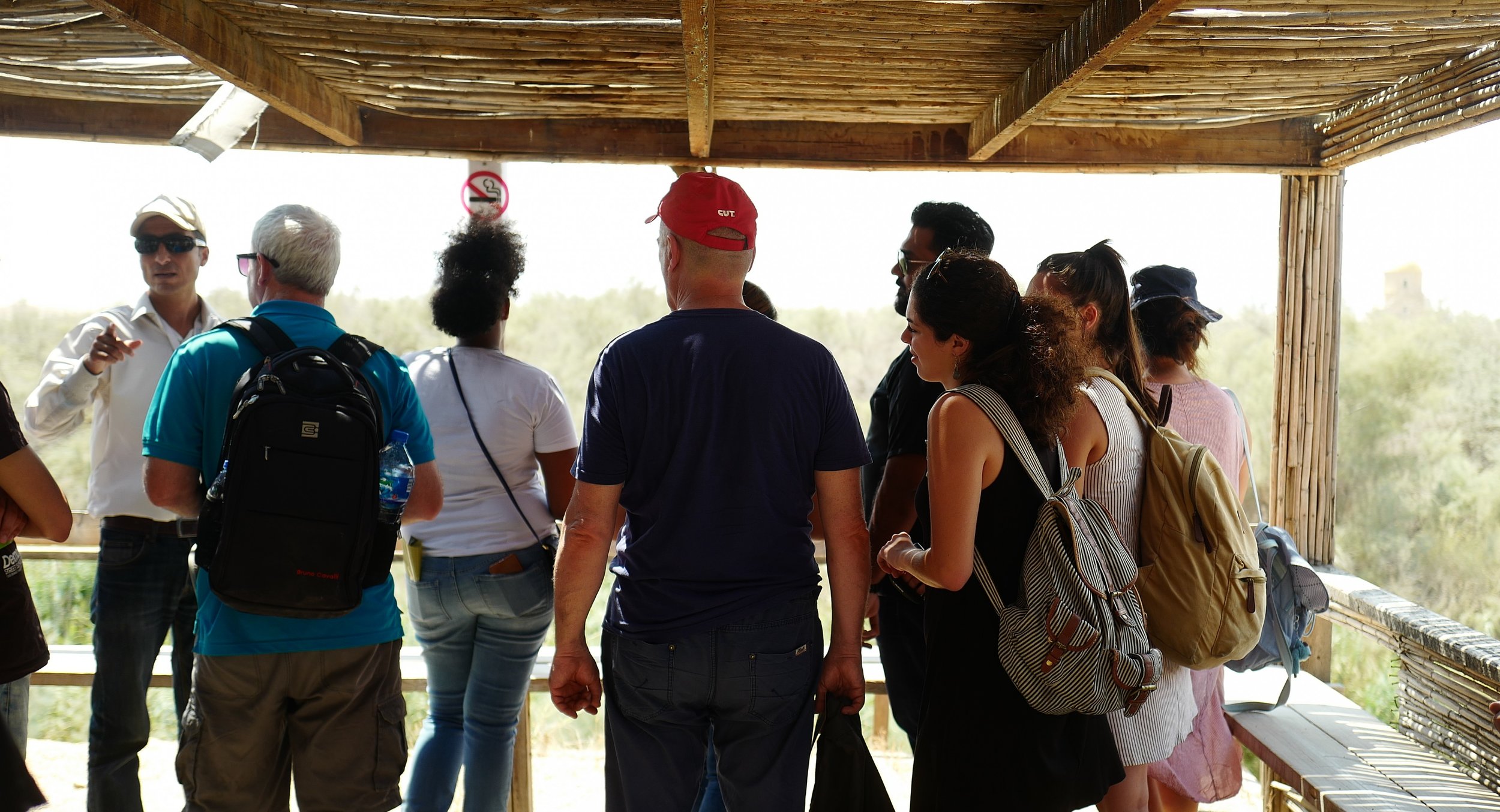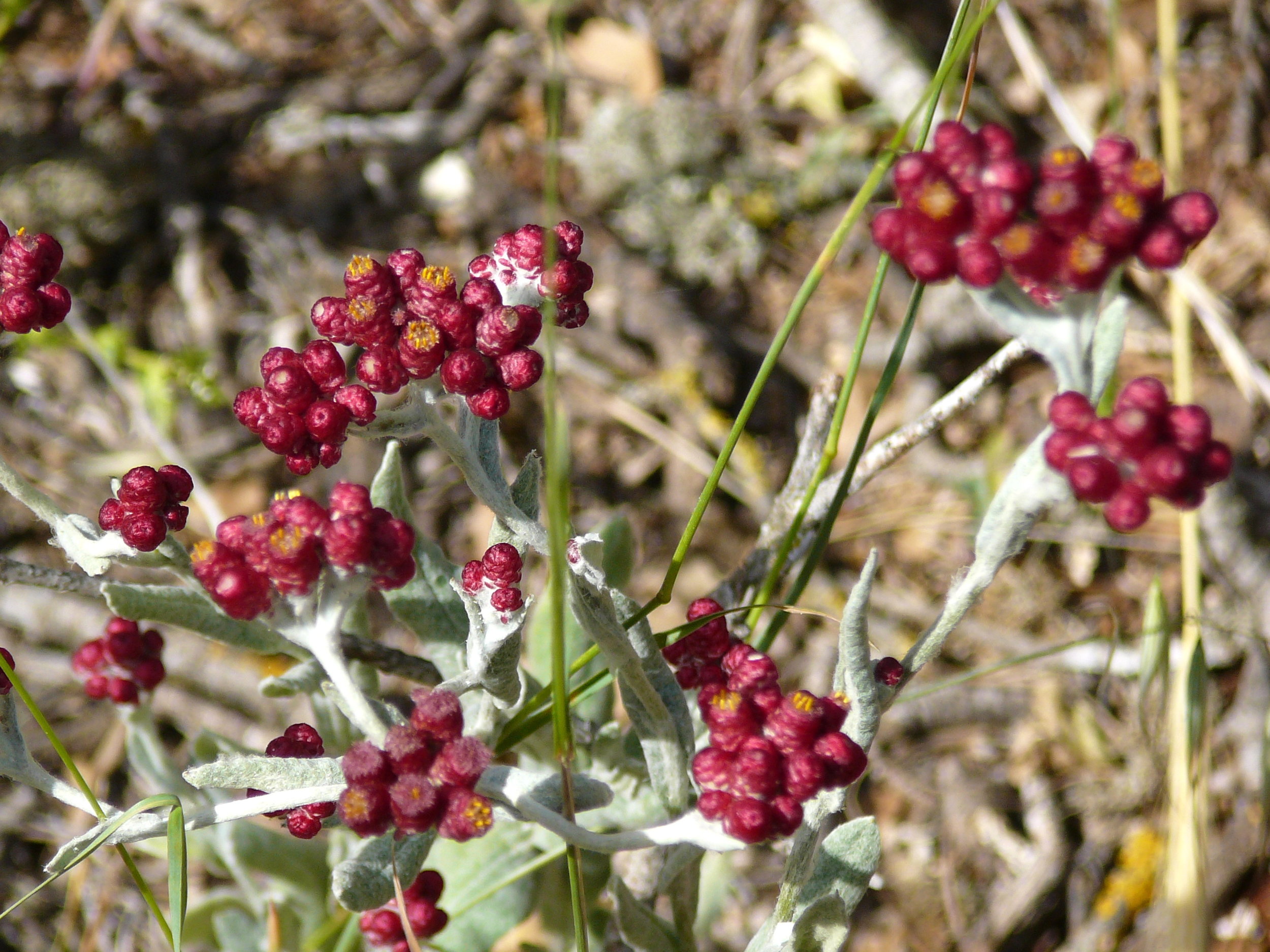The September 2009 issue of Condé Nast Traveller featured an in-depth look at Jordanian nature reserves and eco-tourism, spotlighting the work of the Royal Society for the Conservation of Nature (RSCN). The Society—one of the leading and most respected conservation NGOs in the Middle East—has retained OHK Consultants to develop a transformation strategy that will enable it to expand its vital conservation work in Jordan while strengthening Jordan’s place as a world-wide ecotourism market. In exploring “the Power of Travel to Transform,” Condé Nast extols the efforts of the RSCN to protect the environment and improve livelihoods while encouraging and harnessing the power of tourism. The RSCN’s socio-economic projects—which employ local Jordanians as reserve managers, hiking guides, and producers of locally-sourced foodstuffs, candles, olive oil soaps, and handicrafts—not only offer “authenticity to travelers tired of hotel chains but also link rural communities to the modern economy while allowing them to remain in landscapes they know intimately.” This observation highlights the core of OHK’s mandate on this 2-year long assignment, which entailed the preservation of the environment through the engagement and involvement of local communities and the public, while ensuring sustainable business operations.
OHK’s work has been highly profiled among the decision makers in Jordan as well as in the media. Ajloun Forrest Reserve is a staple in visits to Jordan by Britain’s Prince Charles. Seen here accompanying HMQ Rania of Jordan on a visit to the reserve. Photo courtesy of the office of the Queen.
Eco-tourism has proved to be a primary nexus at which conservation and sustainable business development intersect for the RSCN. At the time of OHK’s engagement, the RSCN managed six nature reserves that not only protect some of the most unique and singularly biodiverse ecosystems in Jordan but also provide an impressive variety of tourism business experiences. Through OHK’s work, the Society expanded its mandate to manage more than twenty protected areas and reserves, more than doubling the area under its guardianship and further expanding its tourism enterprise into new products as well as boutique and niche markets. OHK’s transformation strategy facilitated this exponential growth while ensuring that that the Society’s dual commitment to nature and people is strengthened through staff capacity building, business-oriented growth strategies, and private sector partnership.
To learn more about OHK’s sustainable tourism capability, please contact us.
To learn more about RSCN’s history, reserves and transformative work in Jordan, please visit their website.








































